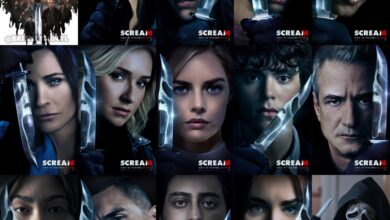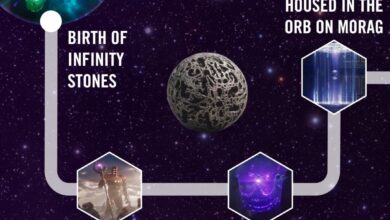All Guillermo Del Toro Movies: From Worst To Best Here Is the Complete List
On Friday 9 December Pinocchio, written and directed by Guillermo del Toro, made its debut on Netflix for all subscribers, a project created in stop motion animation that revisits the classic tale by Carlo Collodi infusing it with an extremely political dark spirit that does not disfigure in the poetics and the filmography of the Oscar-winning Mexican filmmaker. A film that we loved and which we told you about with great enthusiasm in our review.
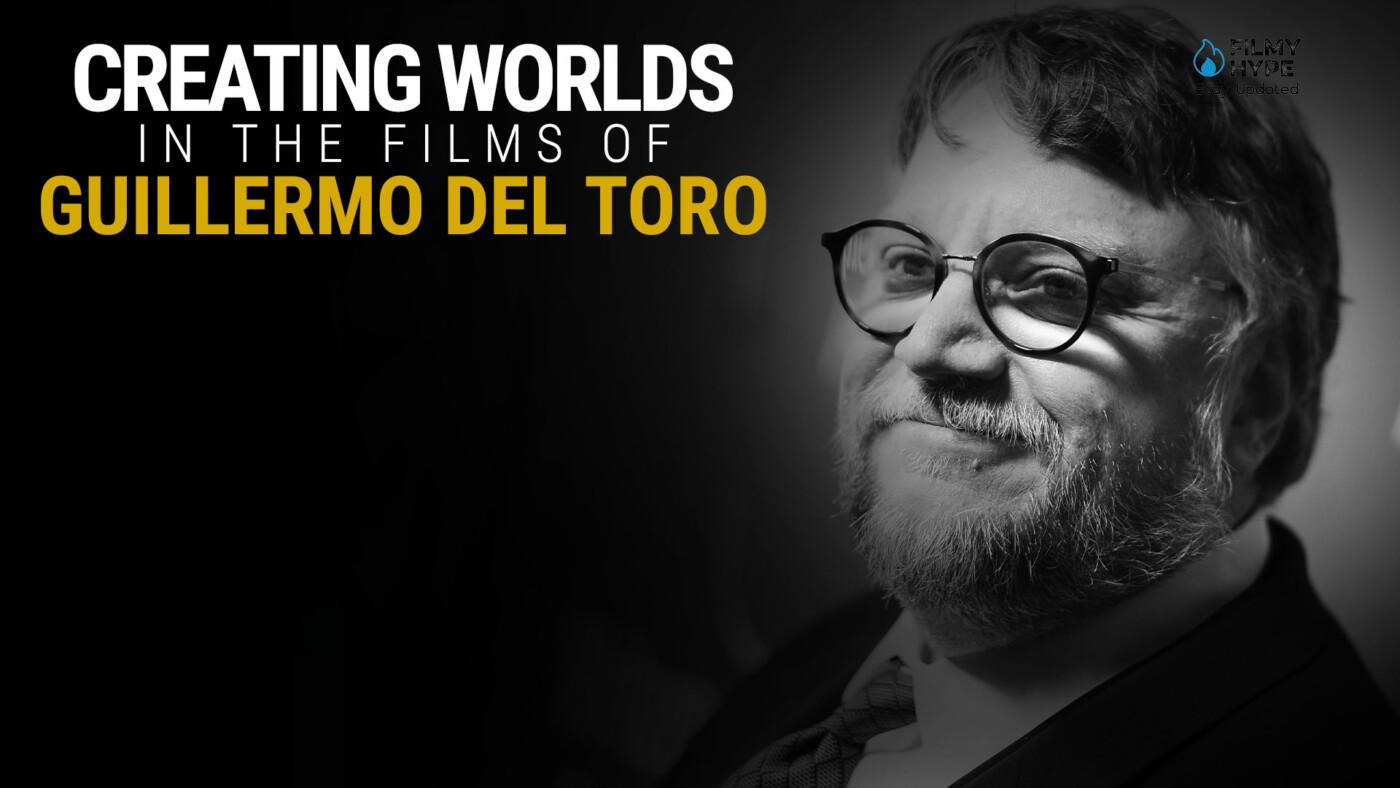
All Guillermo Del Toro Movies: From Worst To Best
For this reason, what better time to celebrate the release on the streaming platform of the first animated film directed by the Latin American director with the ranking of all Guillermo del Toro films from worst to best? Despite some undoubtedly questionable positions in the rankings for those who will read it, we are sure of interpreting the unchallenged affection towards this extraordinary author behind the camera, who has changed and continues to change the rules of fantastic cinema in his career.
12. Blade II (2002)
In 2002 Guillermo del Toro takes over Scott Derrickson’s baton and directs the sequel to Blade, a Marvel Comics character who had his baptism of fire on the big screen in 1998, starring a spot-on Wesley Snipes. Written by David S. Goyer, the sequel arrives in theaters around the world four years after the first chapter and is more convincing than the previous one, paving the way for del Toro in the making of the first film dedicated to his favorite superhero, Hellboy.
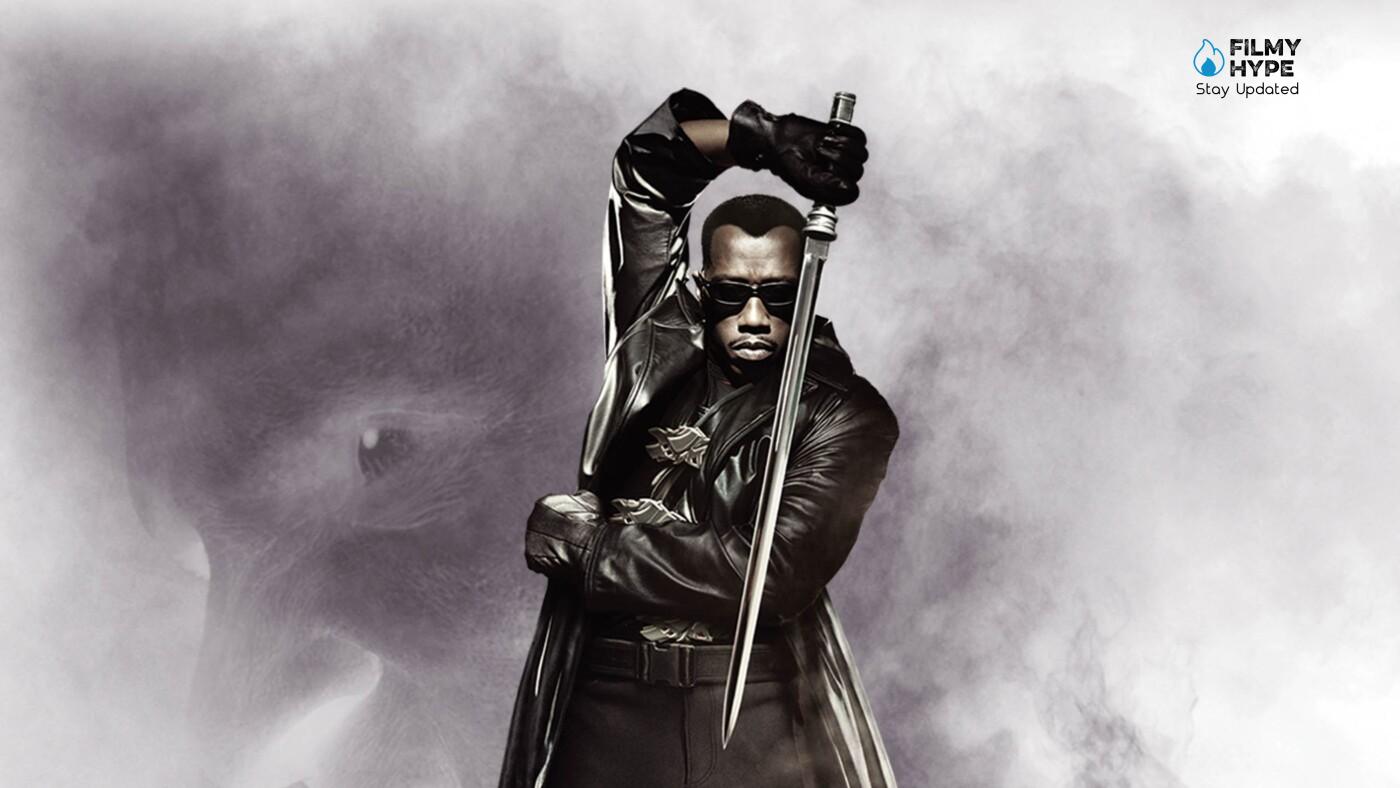
In Blade our protagonist superhero, half man and half vampire, is forced to team up with a team of very powerful vampires to defeat a new super-vampire never before faced by their kind; the latter must necessarily be defeated to avoid the erasure of both the human and vampire races.
11. Pacific Rim (2013)
That Guillermo del Toro was a nerd, and a first-rate fanboy is easily understood if you go to fathom his filmography behind the camera and the type of film he directed and continues to make with passion. The same passion and sense of entertainment that he lavished behind the camera of Pacific Rim, an original film written by himself together with Travis Beacham and which pays homage to the giant monsters that made Japanese cinema famous in the past with a great sense of action and the so-called “mecha”, or robots that are part of the literature of the oriental country, especially in manga and anime.
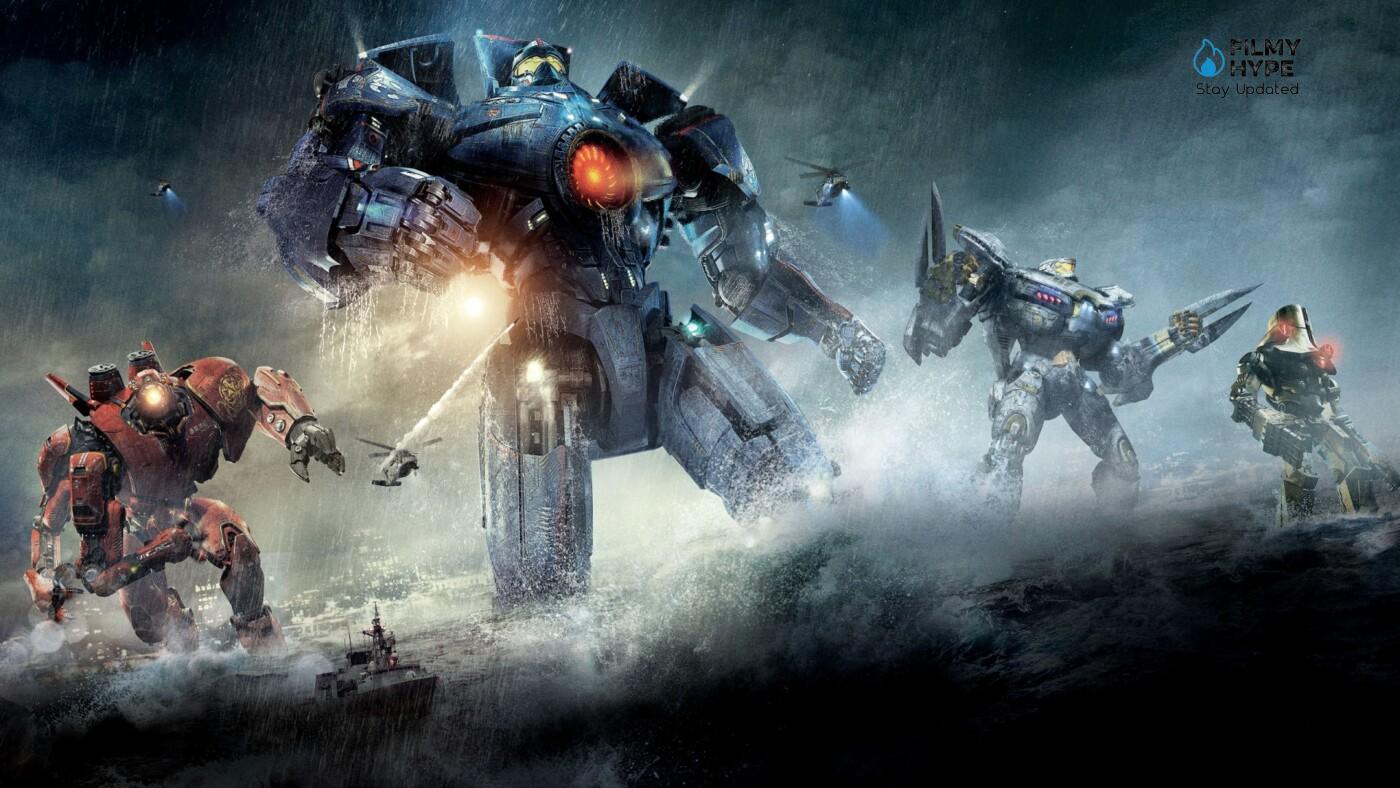
The result is a very entertaining but unpretentious blockbuster, which tells of very dangerous monsters called Kaiju that emerge from the depths of the sea, threatening to destroy humanity itself; to counter this threat, robots called Jaegers are made, controlled by two or more pilots connected by a neural bridge. Will they be enough to curb the advance on Earth of the fearsome Kaiju, or will humanity have to resort to even more powerful weapons?
10. Crimson Peak (2015)
Two years after the theatrical release of Pacific Rim, Guillermo del Toro signs the direction of Crimson Peak, a horror film that pays homage in the narrative structure and evocative settings to the great cinema of the 50s and 60s and that harks back to the cult genre titles that the director has always adored, starting with the classics The Possessed by Robert Wise and Suspense by Jack Clayton.
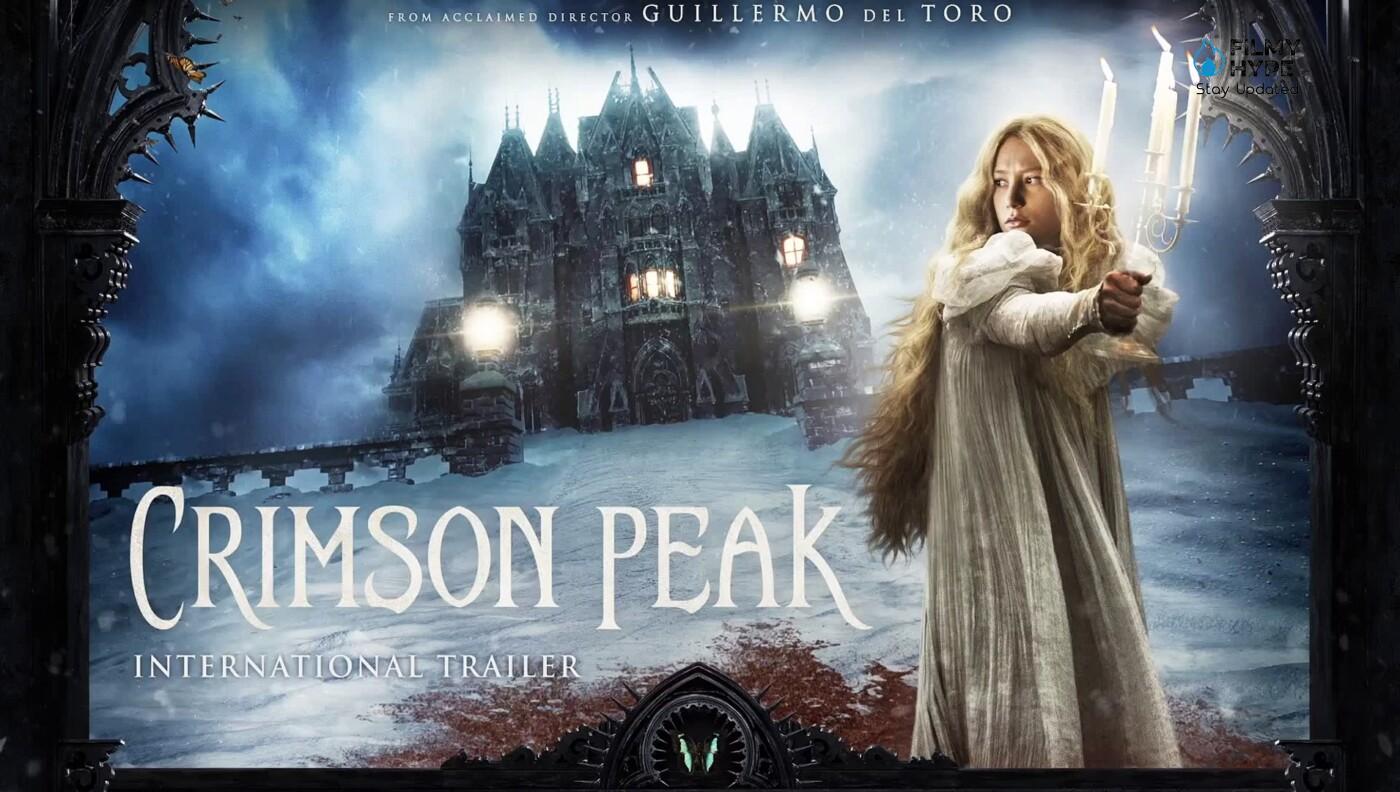
In the film starring the likes of Tom Hiddleston, Jessica Chastain and Mia Wasikowska, in the aftermath of a family tragedy, aspiring writer Edith Cushing is torn between love for her childhood friend and a mysterious baronet whom he would like to marry her and take her with him to his sinister mansion in England. However, a house that seems to be living through the tragedies associated with it, between real ghosts of the past that torment it and an underground threat that is waiting to be freed….
9. Mimic (1997)
Second feature film behind the camera for Guillermo del Toro and the first ever shot outside of Mexico and in the English language, Mimic is the adaptation loosely based on a short story of the same name by Donald A. Wolheim and which debuted in theaters worldwide the world since 1997. A film between horror and science fiction that already underlines how much the fantasy genre in all its forms is the subject of greatest interest for the Latin American filmmaker.

Gigantic insects appear in the New York subway, the result of a genetic experiment that went wrong whose responsible is a scientist (played by Mira Sorvino) who, helped by a team of colleagues and other acquaintances, will have to face and eradicate these animals that are always more taking hold in New York and whose main power is that of mimicry of the movements of the human being.
9. Cronos (1993)
First feature film for Guillermo del Toro and also the first of three films made in the Spanish language. Cronos marks the big screen debut for the Latin American director and screenwriter, here dealing with a horror film that mixes typically fantasy and vampire elements. The cast of the film presented with great success at the Critics’ Week of the 46th Cannes Film Festival, the Argentine actor Federico Luppi and the del Toro fetish Ron Perlman.

An alchemist who escaped the Inquisition in the sixteenth century takes refuge in Mexico bringing with him his extraordinary discovery: a mechanism capable of stopping time, but which induces those who use it to have to feed on human blood for eternity, thus becoming a true and real vampire. In the 1930s, the alchemist’s mechanism was discovered by chance by an elderly antiquarian; it is a pity that the billionaire Dieter De La Guardia is also interested in the machine that gives eternal life.
7. Hellboy (2004)
One of Guillermo del Toro’s secret dreams has always been to direct a film adaptation of his favorite superhero, Hellboy, a comic creature created from the imagination of Mike Mignola for Dark Horse Comics. A dream that has come true twice: first with the film released in theaters all over the world starting in 2004, then with an even better sequel four years later. In the role of the grumpy superhero Ron Perlman, joined by a diverse cast also formed by John Hurt, Selma Blair, Doug Jones, and Jeffrey Tambor.

1944: A magical ritual generated by a group of Nazis leads to the creation of a demonic-looking child. Rescued by Doctor Broom, this creature begins working at the Broom’s Bureau, an institute for the defense of the paranormal; over time, Hellboy realizes how many powers he possesses and becomes a celebrated detective with a rough and gruff character, but with a heart of gold.
6. Nightmare Alley (2021)
First and only feature film (at least for the moment) directed by Guillermo del Toro in which the supernatural element is not present. Inspired by the novel of the same name by William Lindsay Gresham, the film released last year had great success during the awards season, obtaining four Oscar nominations including those for best picture, cinematography, production design and costume design. The choral cast, then, is formidable: aren’t Bradley Cooper, Cate Blanchett, Rooney Mara, Richard Jenkins, Willem Dafoe, Toni Collette, Ron Perlman and David Strathairn enough?

We are in the America of the Great Depression when the ambitious Stanton ‘Stan’ Carlisle gains experience in a circus and over time manages to manipulate people by resorting to the use of his skills as a barker. His life will change unexpectedly when he meets the psychiatrist Lilith Ritter, a woman much more dangerous and devious than him, at the same time hungry for money.
5. Hellboy: The Golden Army (2008)
Four years after the success in theaters of the first Hellboy, Universal Pictures again entrusts Guillermo del Toro to direct the sequel, The Golden Army. A second chapter that is even more personal and heartfelt than the 2004 feature film, a real dark fairy tale that owes a great deal to the films previously directed by del Toro (above all, Pan’s Labyrinth), to his poetics and the visual arrangement of the characters, costumes and settings.

When an ancient truce between the human race and the so-called “fantasy kingdom” is broken, it seems to be going badly for the Earth, threatened by an all-out war that is about to unleash and led by a ruthless leader who wants to take over the dominion of both the worlds. To challenge him, it will be Hellboy with his faithful team of the Broom’s Bureau, in one of the most dangerous and exciting missions of his career as a paranormal detective.
4. The Devil’s Backbone (2001)
Guillermo del Toro’s second feature film in Spanish and the first of an ideal film trilogy dedicated to the link between fascism in 20th-century Europe and supernatural elements. Released in 2001 to excellent acclaim from critics and audiences, The Devil’s Backbone is undoubtedly one of the Mexican director’s most successful films, the one that perhaps more than the others has clarified which are the elements and artistic obsessions of del Toro that made it famous all over the world.
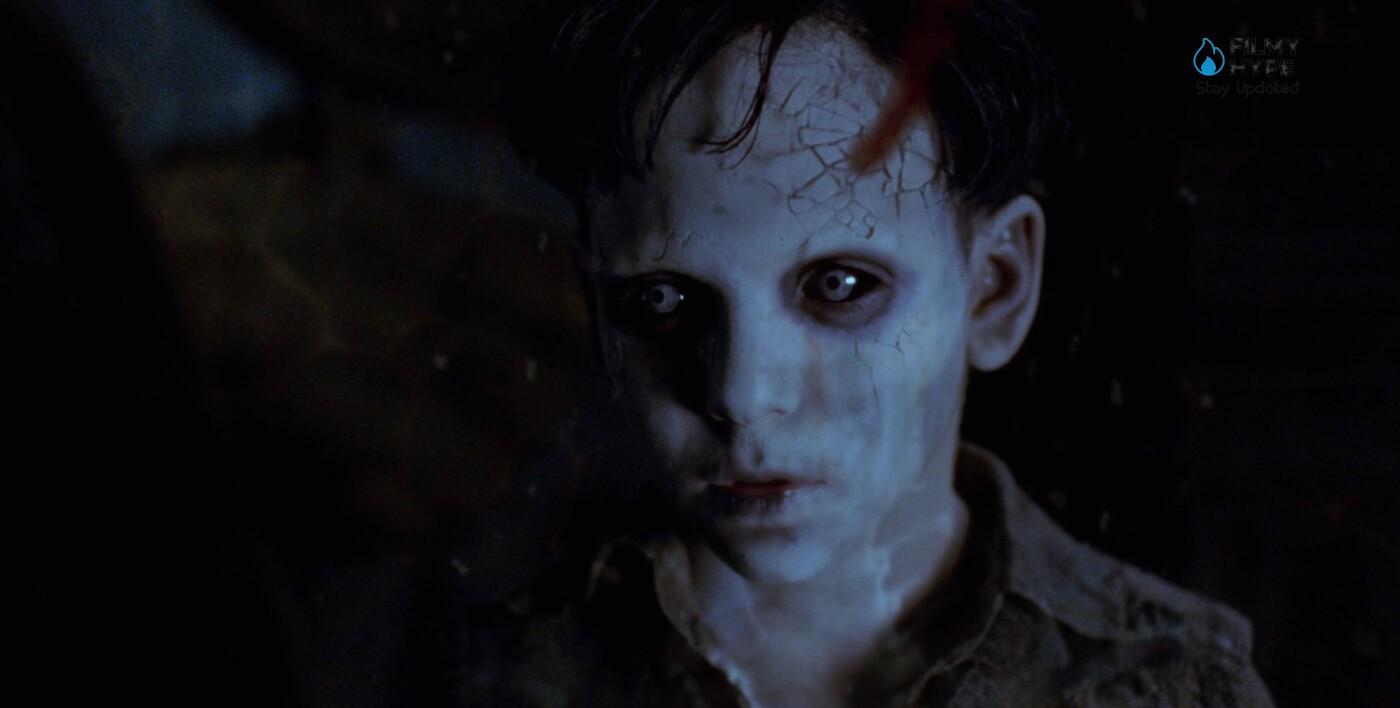
But what is The Devil’s Backbone about? The film takes place in late 1930s Spain; 12-year-old Carlos is abandoned by his guardian in a rundown and forbidding orphanage in the backcountry. Inside this structure, he makes friends with Jaime, a very restless teenager who with his raids acts as leader of all the other boys of the Santa Lucia orphanage. However, something is not going as it should in the institute, since the director, a professor, a teacher and the goalkeeper all seem to be hiding a terrible secret…
3. The Shape of Water (2017)
Bronze medal for the most awarded film in Guillermo del Toro’s career behind the camera; in 2017 La forma dell’acqua – The Shape of Water was presented in competition at the 74th Venice Film Festival, based on an original screenplay edited by the director himself together with Vanessa Taylor. A fairy tale that mixes elements of early horror, science fiction and romanticism with great balance, without forgetting to fresco a cinematic painting on inclusiveness and the value of diversity. Leone d’Oro in Venice and four Academy Awards, including best film and best director.
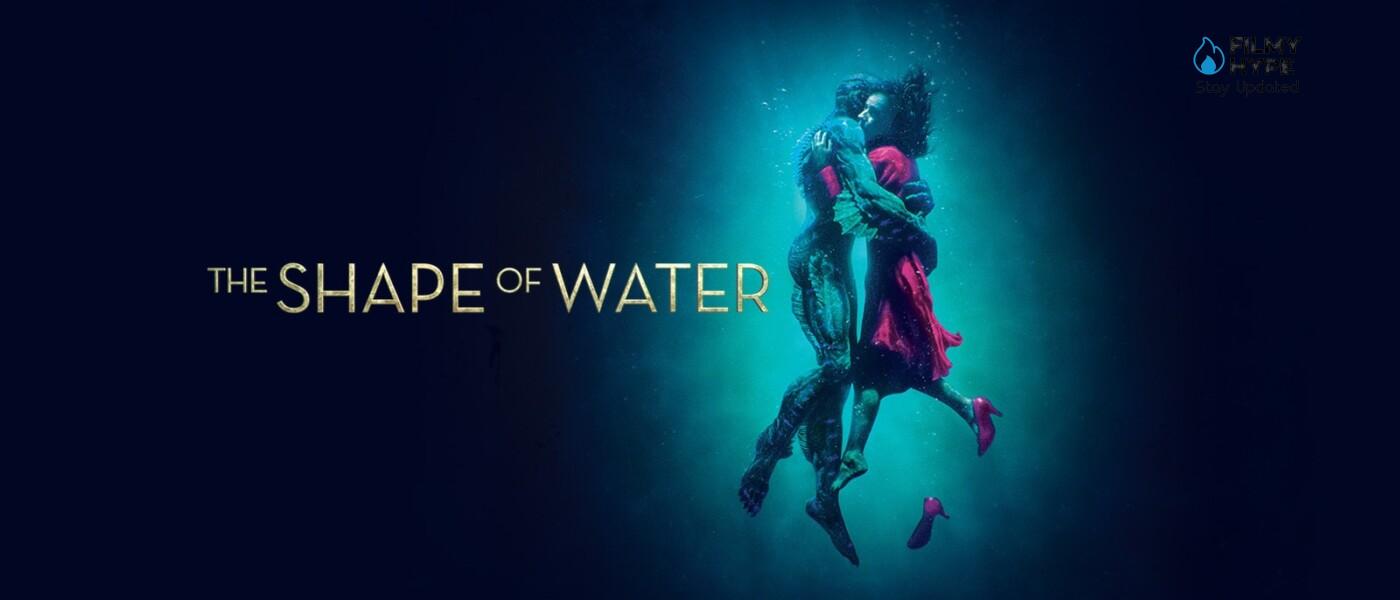
In 1963 in America marked by the Cold War, lonely Elisa works in a high-security secret government laboratory, mute from birth and trapped in an existence of silence and isolation. However, her life changes inevitably when with her collaborator Zelda she discovers an experiment classified as secret, a creature with which she will fall madly in love.
2. Pinocchio (2022)
Silver medal for the first animated feature film directed by the Mexican filmmaker, a real stop motion cinematic miracle that wins the second position of the best films ever made by Guillermo del Toro. There are hundreds of adaptations for the big and small screen dedicated to Carlo Collodi’s fairy tale, but none has ever been like the one born from the brilliant mind of the Latin American director, here assisted by the co-direction of Mark Gustafson and the screenplay in which Patrick also collaborated McHale; the result is what seems to admirably close an ideal anti-fascist trilogy that began with The Devil’s Backbone, continued with Pan’s Labyrinth and ended with this unforgettable Pinocchio.
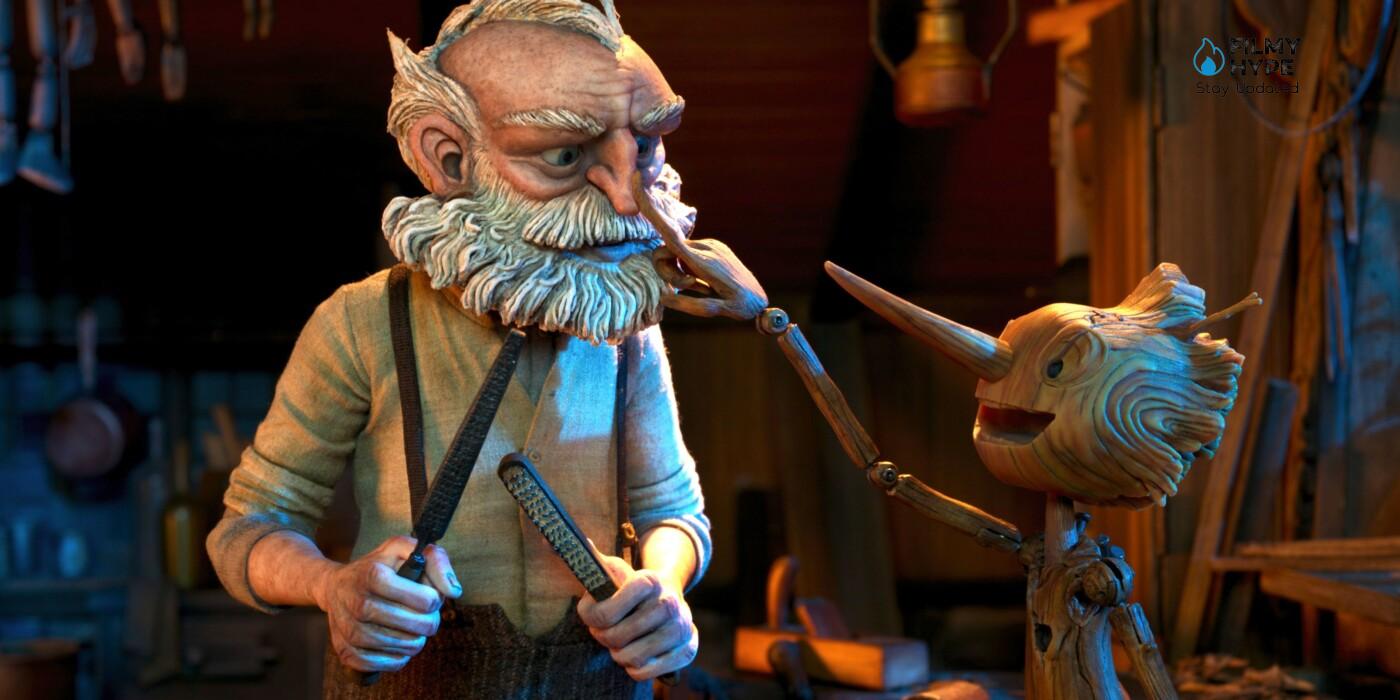
In the Netflix animated film, Pinocchio is a wooden puppet who comes to life in fascist Italy in the 1930s and dreams of becoming a real child: a child who does everything to live up to his father’s expectations and pines away, the conflict between love and disobedience. A bold, dark and mature reinterpretation of one of the most loved and transposed European fairy tales of all time that takes on new life here thanks to the extraordinary stop-motion animation.
1. Pan’s Labyrinth (2006)
Guillermo del Toro’s best film? For us, it is undoubtedly Pan’s Labyrinth, an imaginative and moving dark fairy tale that was presented with great success with audiences and critics at the 2006 Cannes Film Festival and which has since received prestigious awards all over the world, including six nominations for the ‘Oscar and three statuettes won for best make-up, cinematography and set design. A simply perfect distillation of all the cinematic obsessions and art-historical inspirations that made him a world-famous auteur behind the camera. Since this film debuted in theaters around the world in 2006, del Toro has become a globally recognizable artistic brand in its own right.
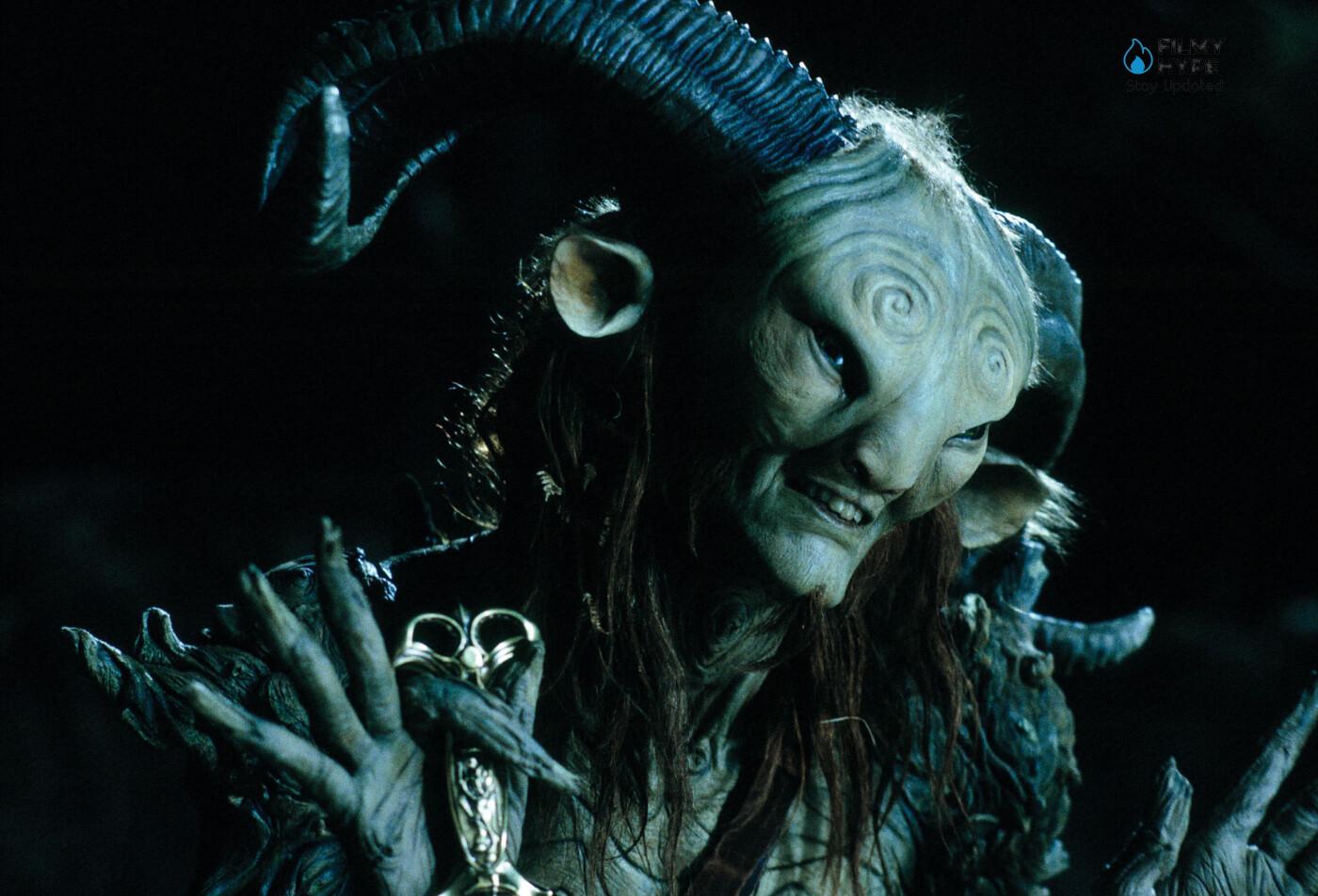
The film is set in 1944, when a teenager travels with her mother and adoptive father in rural Northern Spain, after the victory of Francisco Franco. There the young woman meets a faun who promises her a fantastic kingdom, provided however that she passes three very dangerous tests: reality or all the fruit of her fervent imagination?


